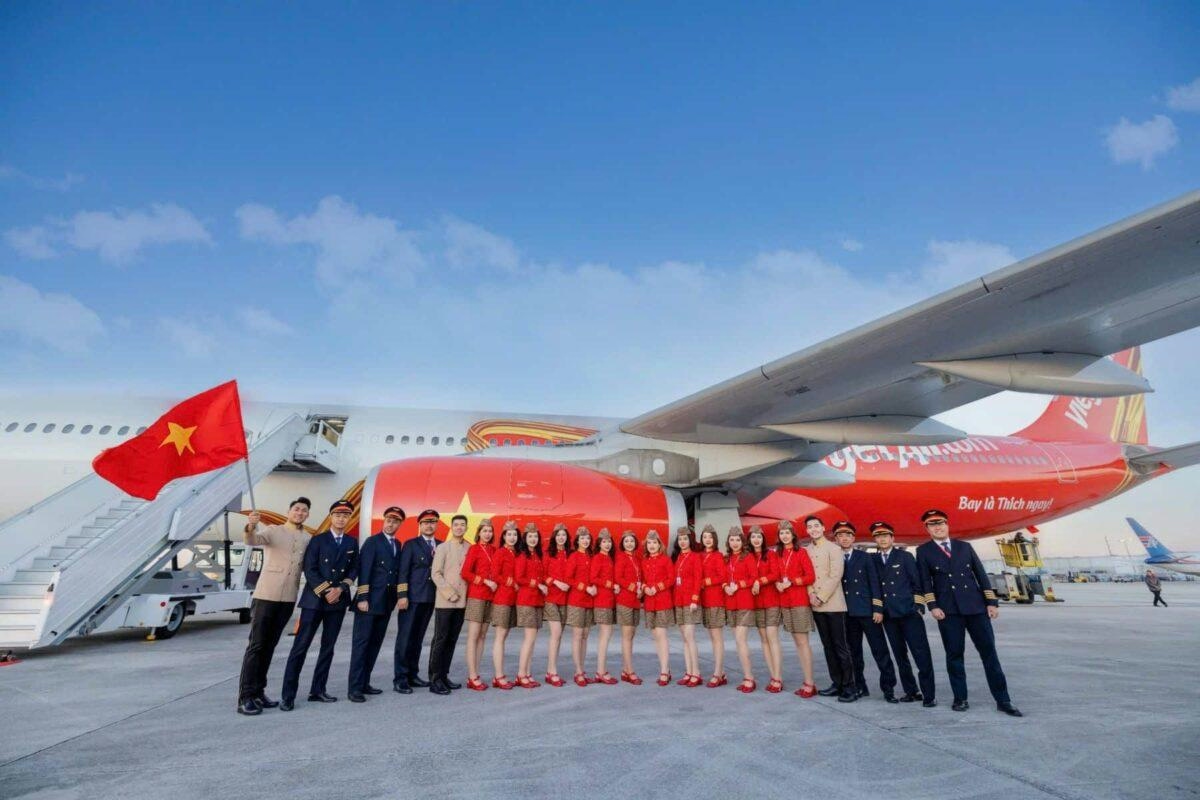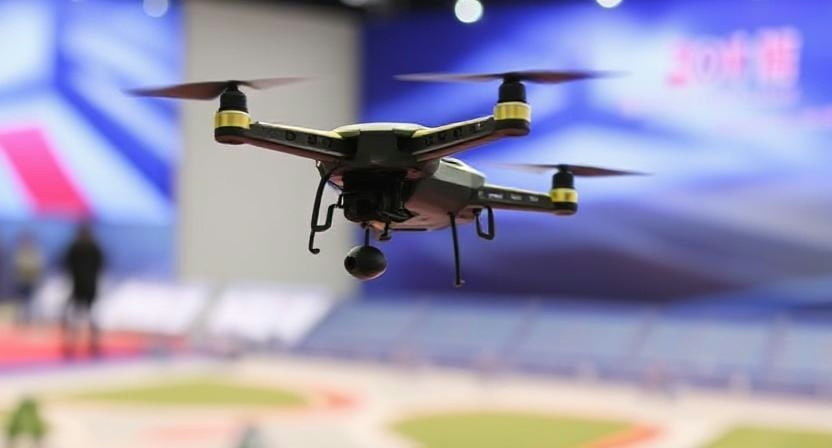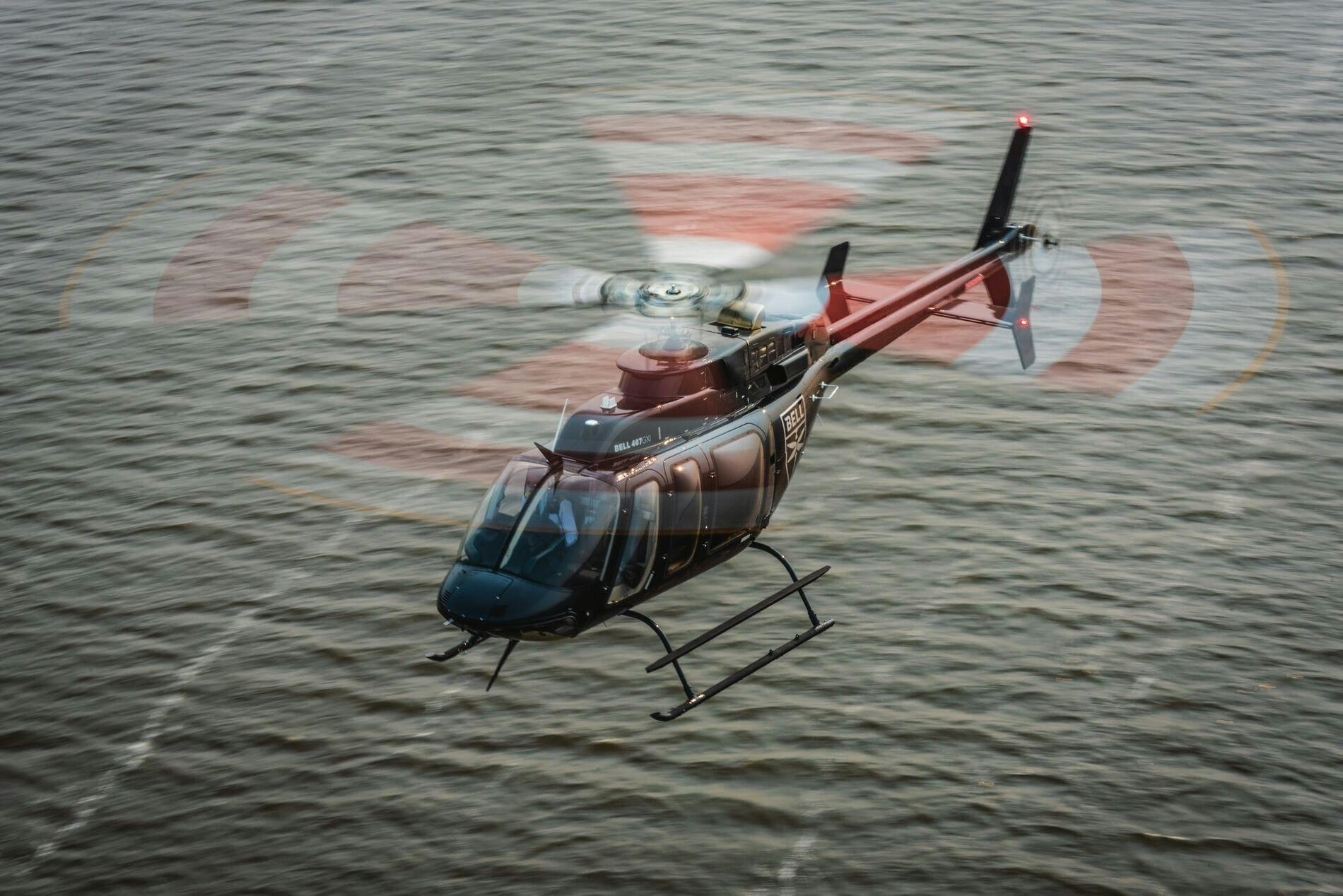
AeroGenie: Su copiloto inteligente.
Tendencias
Categories
Vietjet’s new widebody aircraft strengthens Australian services

Vietjet Expands Australian Operations with New Widebody Aircraft
Vietjet has strengthened its Australia-Asia network by introducing an Airbus A330 widebody aircraft (VN-A820) to its fleet, a strategic response to heightened year-end travel demand. This addition increases the airline’s total fleet to 121 aircraft, underscoring Vietjet’s ongoing growth strategy and its commitment to accommodating rising passenger and cargo volumes during the peak holiday season.
Increased Flight Frequencies and Route Adjustments
In the coming months, Vietjet plans to enhance its service frequency, offering daily flights between Melbourne and Sydney to Ho Chi Minh City. The Brisbane–Ho Chi Minh City route will also see an increase to five weekly flights starting in early December, providing Australian travellers with greater flexibility and more travel options. These adjustments follow the recent suspension of the Sydney–Hanoi and Melbourne–Hanoi routes, launched only a year prior, as Vietjet refocuses on routes demonstrating the strongest demand. The airline’s emphasis remains on connecting Melbourne, Sydney, and Brisbane with Ho Chi Minh City, reflecting a strategic realignment to optimize network efficiency.
Operational Challenges and Market Competition
The deployment of the larger A330 aircraft introduces operational complexities, including higher costs and increased maintenance requirements. To support this expansion, Vietjet has invested in a new Maintenance, Repair, and Overhaul (MRO) facility designed to enhance its service capabilities. However, scaling up operations at the facility may present logistical and operational challenges in the near term.
Vietjet’s expansion occurs within a highly competitive Australian aviation market. The airline’s increased capacity and frequency could trigger competitive responses from rival carriers, particularly those operating narrowbody fleets. These competitors may adjust flight schedules, pricing, or introduce new routes to protect their market share, potentially intensifying competition and altering market dynamics.
Furthermore, regulatory requirements at key airports, including Long Thanh International, may pose additional operational hurdles as Vietjet continues to expand its regional presence.
Despite these challenges, Vietjet’s latest fleet enhancement and network realignment highlight its ambition to capture a larger share of the Australia–Vietnam travel market, positioning the airline as a significant player during one of the busiest travel periods of the year.

Europe Advances Aviation Sustainability Through SAF Mandates and Innovation

Lufthansa's Fleet Plans for 2025

Fifteenth National Games Model Aviation Finals in Longhua Showcase Drone Sports and Innovation

Brazilian Woman Becomes First Female Captain of Airbus A380

Airbus and Boeing: Comparing Their Global Reach

Vietjet Orders 100 Airbus A321neo Jets, Strengthening UK-Vietnam Strategic Partnership

The Aircraft Set to Replace the Iconic Superjumbo

Delta Air Lines Introduces AI-Powered Concierge Service

Shanghai to Host 2025 North Bund International Aviation Forum
